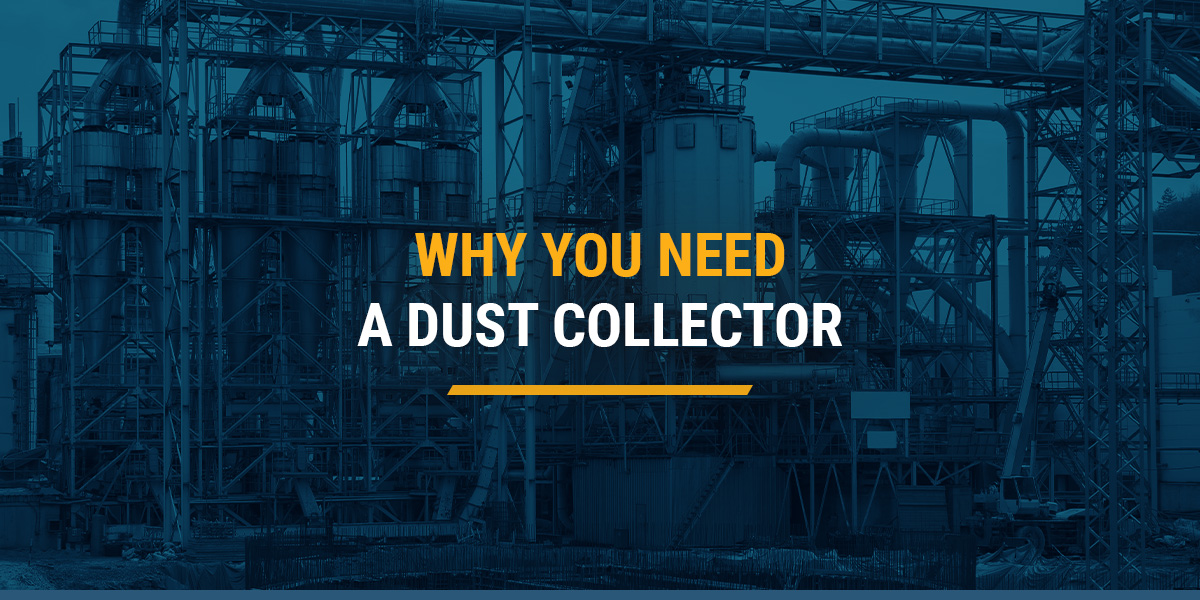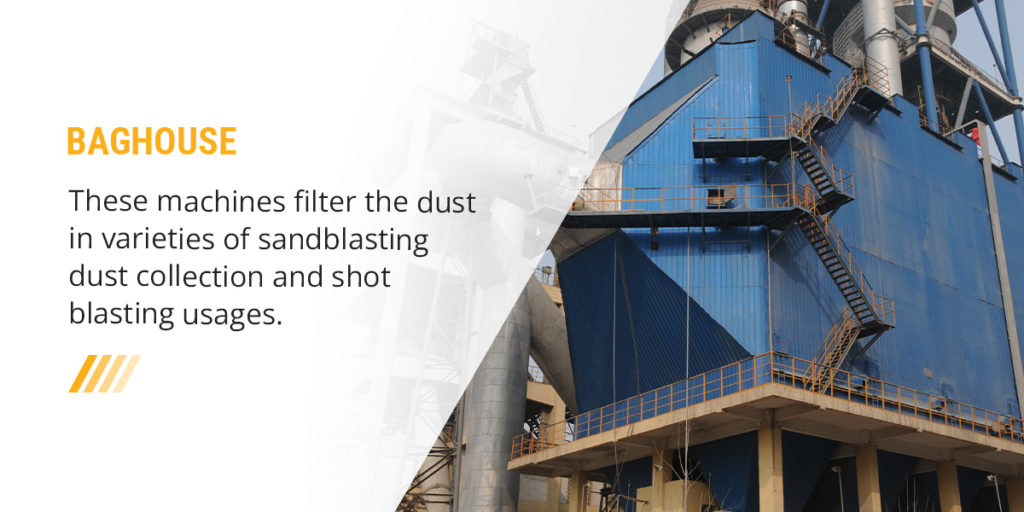Why You Need a Dust Collector
Warehouses, factories, and various industries often utilize machinery that involves abrasive materials or chemicals like paints and coatings. During the manufacturing process, dust tends to be released into the air. To safeguard both their products and workforce, many facilities opt for dust collectors. In environments where abrasive blasting equipment and similar machinery generate significant amounts of hazardous particles, keeping dust under control becomes crucial. Maintaining a clean and healthy atmosphere ensures uninterrupted production and consistent workflow within your facility. Dust collectors are specialized air filtration systems commonly found in warehouses and factories. They capture harmful substances and gas emissions generated during production while filtering out airborne dust and particulates. By using filters to separate impurities, these machines release purified air back into the workspace, enhancing overall air quality. For warehouses and factories where clean air plays a critical role in employee safety, investing in proper dust collection solutions is vital. For instance, when surfaces are being blasted inside a designated cabinet, remnants from the treated area might fragment into smaller pieces. Additionally, pressurized air nozzles can create substantial dust within such enclosures. Given the nature of your operations, it's essential to employ appropriately sized and efficient blast cabinet dust collectors. Underperforming equipment could lead to increased messes or unsafe conditions for personnel. Here are some key reasons why dust collection systems are indispensable in industrial settings: The scale of your blast cabinet determines the power required from its corresponding dust collector. Below are three common types used across warehouses today: These booths feature spacious chambers designed specifically for storing abrasive blast pots. Equipped with mechanisms capable of recycling recovered abrasives after collection, they effectively trap loose particles inside an enclosed space before directing them toward recovery systems. Built primarily for handling large volumes of dust accumulation, baghouse models excel especially under high-temperature conditions due to their cost-effectiveness yet reliable performance. Ideal for diverse applications involving sandblasting and shot blasting activities alike—they filter out unwanted residues effectively. Compact yet versatile compared to traditional counterparts like baghouses; cartridge-style units offer flexibility regarding installation since they take up less vertical space. If limited floor plans characterize your premises, then opting for this variant makes perfect sense! Their advanced filtering cartridges allow them to handle moderate-to-heavy dust loads more efficiently than conventional alternatives too.  Selecting the ideal dust collector involves careful consideration of numerous aspects related to your business operations. Before committing financially towards acquiring new hardware, thoroughly evaluate each aspect associated with potential candidates. Key considerations include: Assess the physical properties of dust particles present at your site—whether they're fine grains, coarse chunks, light-weight powders, etcetera. Also, determine their density levels so as to match appropriate filter types accordingly. Some materials pose additional risks like toxicity or flammability which necessitate compliance with strict regulatory guidelines ensuring maximum safety standards are met consistently over time.
High-quality filters play a pivotal role in reducing ambient dust concentrations significantly. Depending upon the composition of dust being handled (abrasive vs non-abrasive), different filter materials must be chosen carefully. Available choices range from basic standard options all the way up to highly specialized variants tailored specifically for extreme environments prone to corrosive elements.
Identify primary generation points where most dust originates from within your premises. This information helps decide whether localized point-source collectors placed strategically near trouble spots suffice—or if instead, comprehensive central units located remotely outside main buildings prove preferable given scale requirements.
Quantify typical daily output volumes generated by existing processes across entire sites accurately before making final decisions about optimal capacities needed per unit installed. Proper sizing ensures adequate performance without wasting resources unnecessarily either upfront capital expenditure wise nor ongoing operational costs perspective either way round.
Maintenance schedules vary depending upon usage patterns exhibited by individual units once deployed live. Prioritize selecting configurations offering lowest total lifecycle expenses inclusive both purchase price tags plus periodic upkeep charges combined together holistically speaking.
At Finishing Systems we pride ourselves on delivering top-tier metal finishing tools & services worldwide. Our dedicated team stands ready to guide you through selecting perfect matches among paint booths, washers, blast rooms, mixing rooms or even AMUs perfectly suited exactly according to YOUR unique needs! Contact us now via phone number 800-582-3693 or visit our website directly anytime convenient for further details regarding our complete offerings portfolio! Automatic Cloth Sewing Machine Quilting Zipper Pocket,Make Contton Coat Sleeve,Contton Coat QuiltedPocket Welting Sichuan Kisae sewing machine Co.,Ltd. , https://www.kisaesew.com
Why You Need a Dust Collector
September 26, 2022
Why Dust Collection Matters in Your Facility
What Is a Dust Collector?
The Importance of Effective Dust Collection Systems
Types of Dust Collectors
1. Abrasive Blast Booths
2. Baghouse Dust Collectors
3. Cartridge Dust Collectors

How to Choose the Best Dust Collection System for Your Needs
Particle Characteristics
Filter Media Options
Source Locations
Volumetric Requirements
Operational Considerations
Get Expert Guidance On Dust Control Solutions From Finishing Systems
